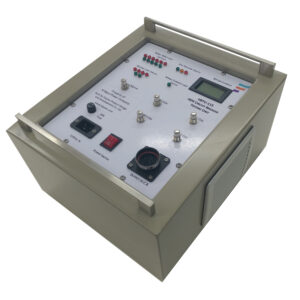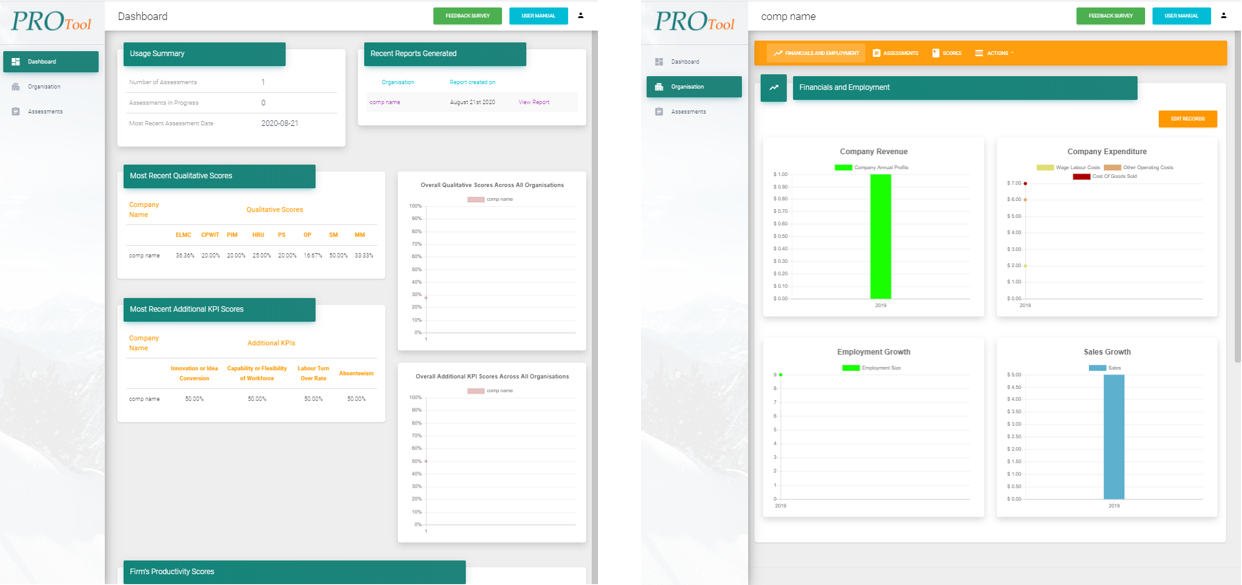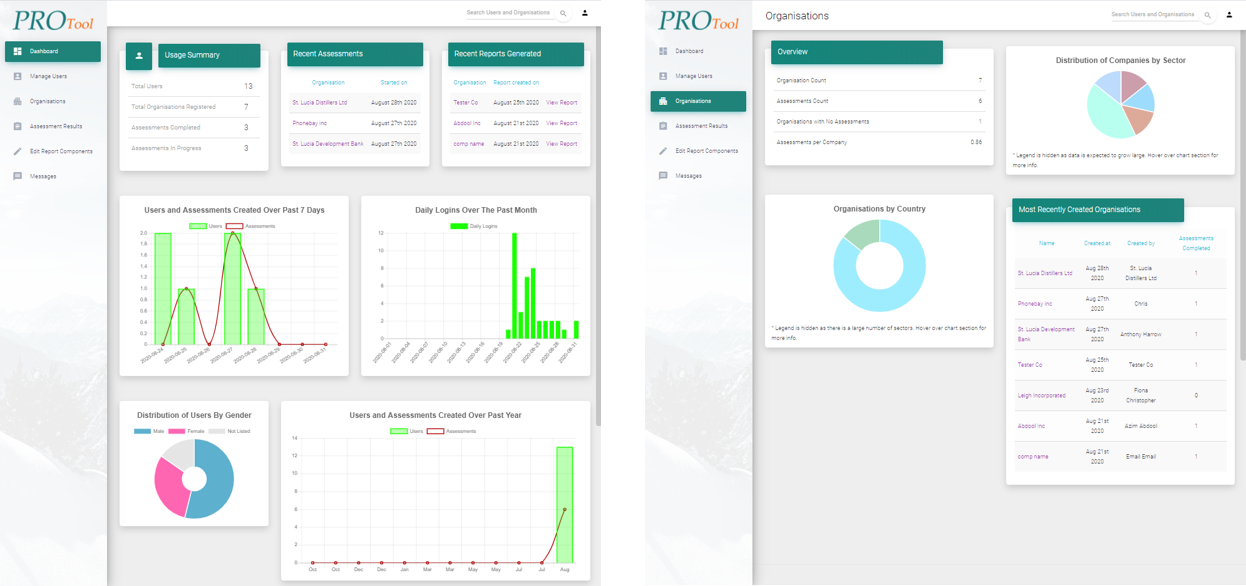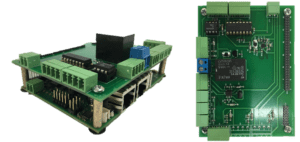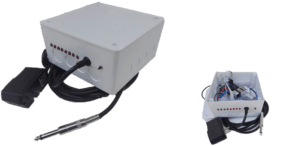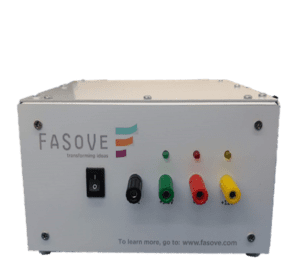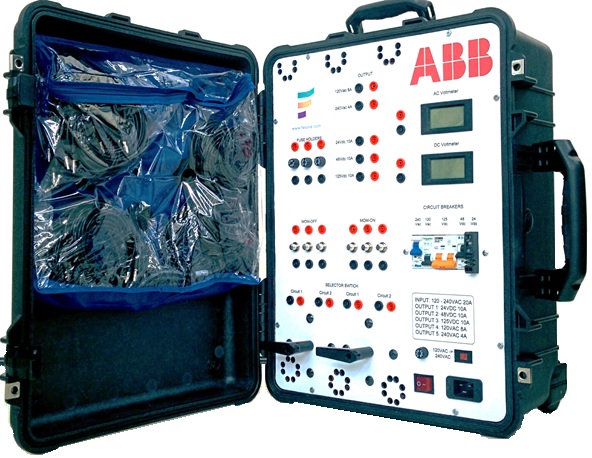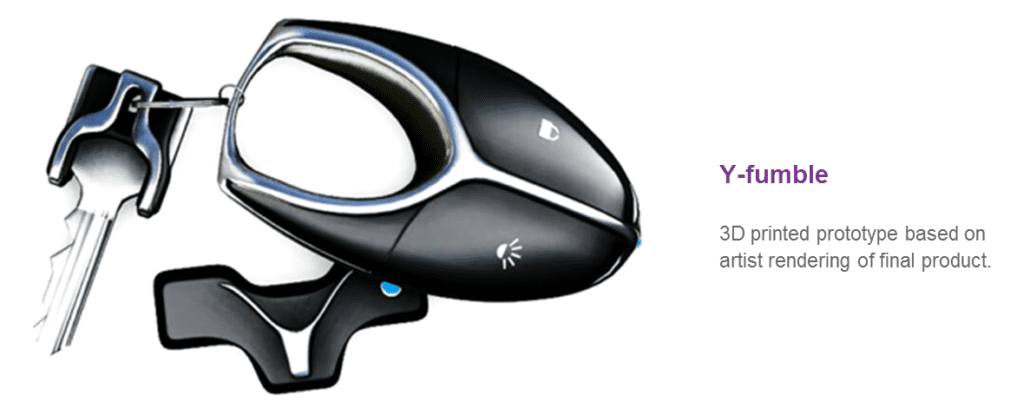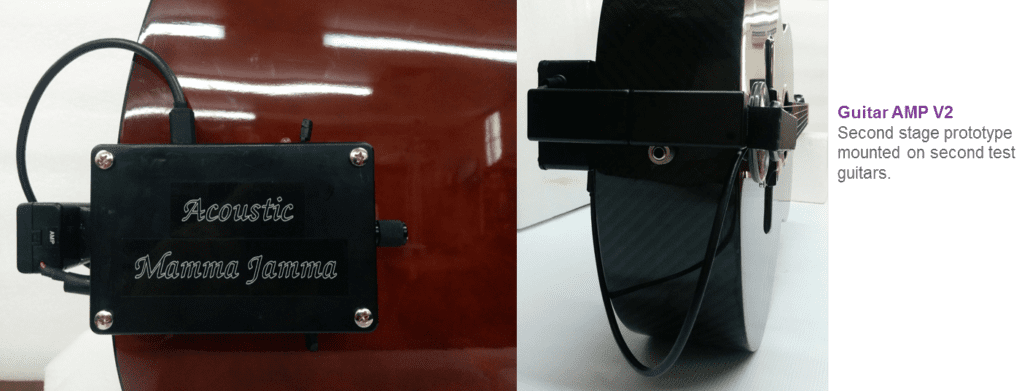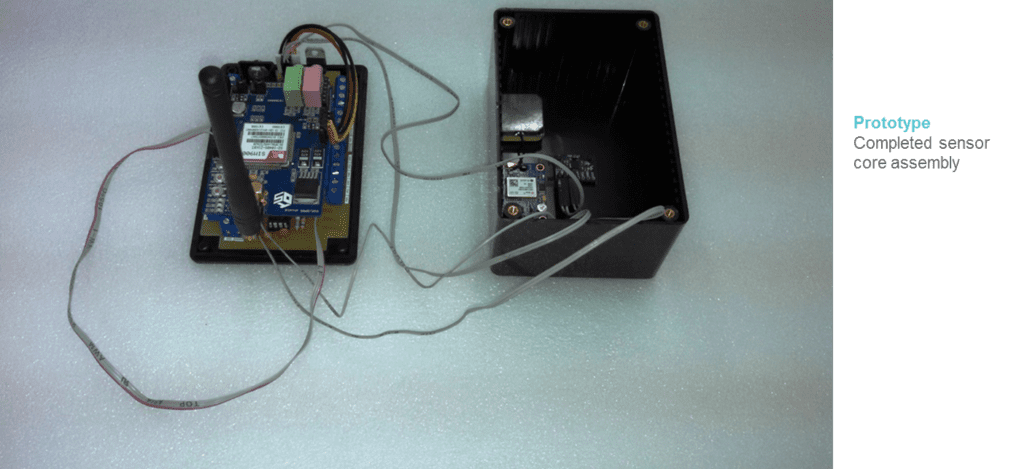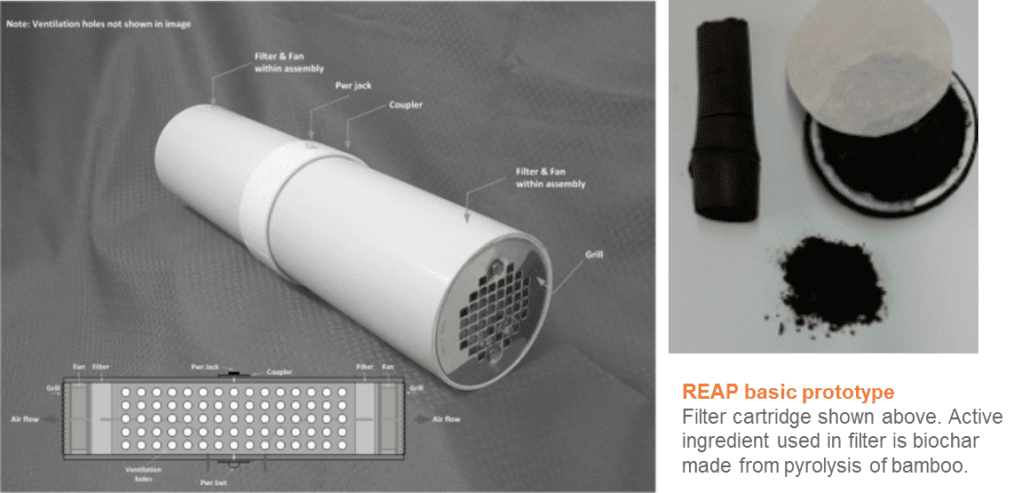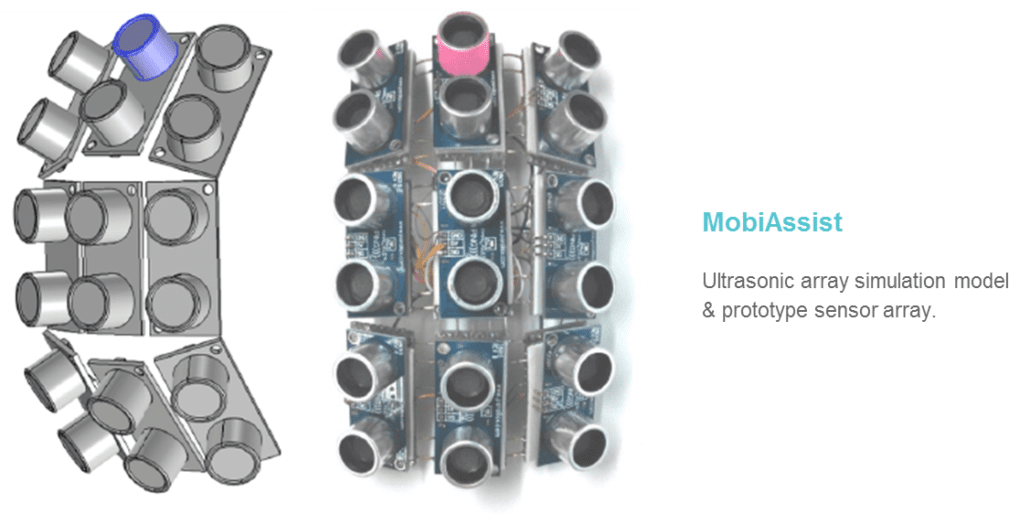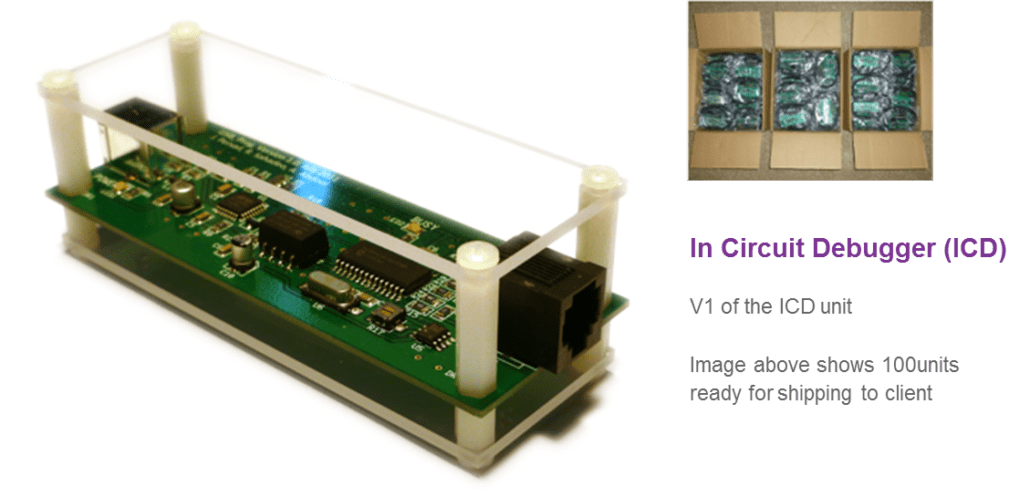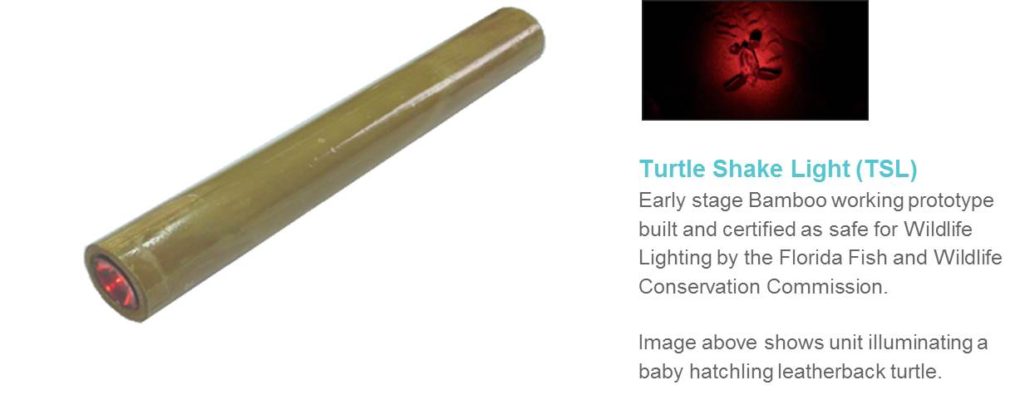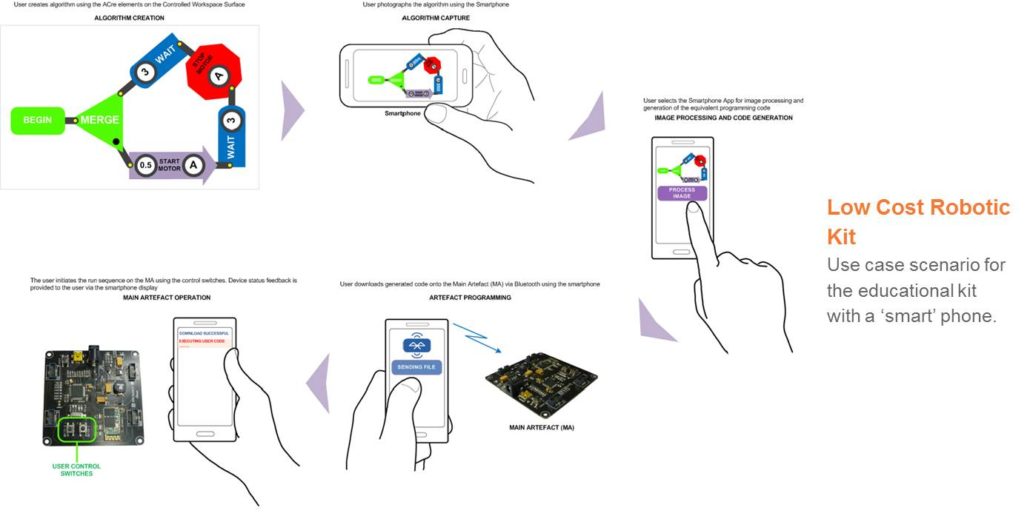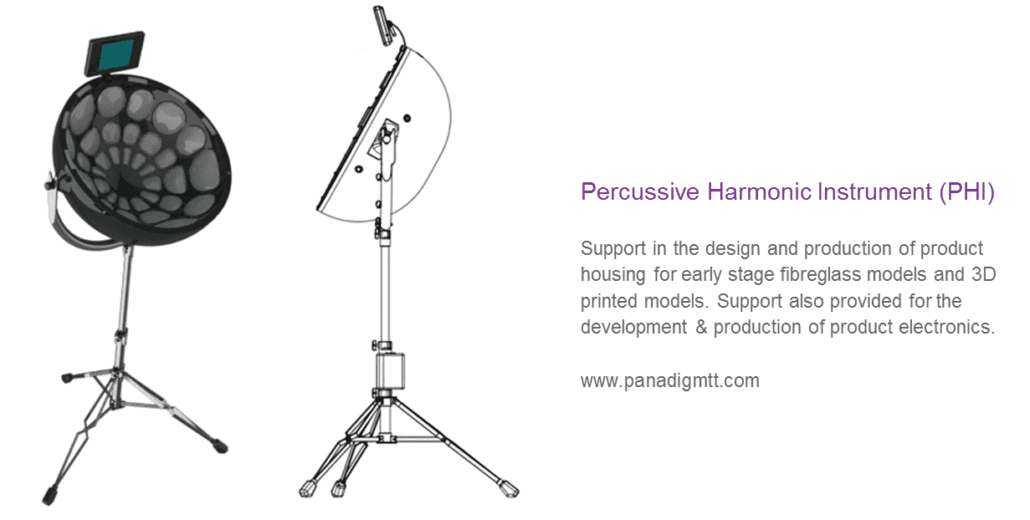Challenge
Most farmers use a paper based system for their crop records and sales. This mobile application is to The goal of the ITAP Project is to develop a user-friendly mobile phone-based app that will allow farmers to
- track compliance to T&T Good Agricultural Practices (GAPs) standards (for traceability)
- track expenditures for improved decision-making
- track any digital on-farm tools used
It is expected that farmers who use the App will:
- have a better understanding of what they need to do to successfully meet TT-GAP standards and apply proper food safety measures on-farm to comply with same.
- have a user-friendly tool to effectively keep records, track their cost of production and make real-time decisions to better manage their costs
Solution
FarmVue Mobile Application
The FarmVue mobile application was created for the farmers to
- Digitally store and maintain farm production records
- Easily track crop production cycles
- Analyse the farm’s financial performance
- Trace crops through all stages of production
Visit https://farmvue.app
Challenge
To allow users to quickly troubleshoot SF6 and Vacuum Circuit breakers for faults as part of routine maintenance or on demand. Faulty circuit breakers can cause downtime, increased cost and in some cases damage to equipment and injury to workers.
Solution
HD4 Breaker Testing Unit
This unit allows users to test their circuit breakers isolated, i.e. independent of panel control and identify if their problems are isolated to the Circuit breaker or are originating from the panel or protection. Furthermore, the unit greatly decreases troubleshooting time, and identifies faulty components such as limit switches easily since the test circuits have been internally wired.
Challenge
The National Competitiveness and Productivity Council (NCPC) of St Lucia is responsible for defining the agenda to enhance the country’s productivity and competitiveness. As part of the their mandate the NCPC must build awareness around the issues of Productivity and Competitiveness and measure and capture productivity data.
The existing methods for data capture are paper based questionnaires. The NCPC was desirous of a digital business analytic resource which would allow a business to identify issues and then implement measures to improve their business. General digital resources offer a lower cost and are more democratic compared to traditional face-to-face support thus potentially allowing for more businesses being impacted.
Solution
A web based productivity measurement analytic tool was design and development for the client which allowed for the secure capture of business level data for all business sectors in St Lucia. The front end also allowed for the processing of online payments and seamless integration into the St Lucia E-Government platform. The back end of the PROTool allows for the analysis of the business data and the generation of tailored reports for use by the NCPC and other stakeholders in order to inform the creation of national policy and other governance and planning needs.
User Dashboards
Administrator Dashboards
To produce and assemble a small volume of no touch sensor boards for Nuvia bins.
Solution
Proximity Circuit Board
This board was printed and assembled from an updated design to allow the user to interface with the device without touch for sanitation purposes.
The project involved:
- printing of a small volume units
- assembly of a small volume units
- testing and verification of produced units
To provide an interface between a commercial microcontroller board and external hardware.
Solution
Customised Printed Circuit Board
This unit was built to allow the client to interface between external hardware such as additional sensors and alarms.
The project involved designing for:
- multiple sensor connections
- ability to drive an alarm system
- easy on site installation
- protection for unit and user
Challenge
To assemble portable units with indicators for easy installation
Solution
Prototype Audio Sample Module
The project was undertaken for the client in order to design the casing with indicators and secure multiple devices in an easy to install unit.
Project involved:
- securing devices such as microcontroller and hard-drive
- installing indicators and appropriate cabling
The DC Power Supply was developed with the aim of impacting two existing problems, the first is the need for affordable laboratory equipment in Caribbean schools and the second is the need to reduce the impact of electronic waste (e-waste).
Most institutions have a number of inoperable computers containing functional power supplies. Computer power supplies provide the DC voltages which are commonly used in laboratory exercises which are part of the science curriculum.
In collaboration with Shell and the Ministry of Education, the DC power supply units were deployed in two schools as part of the pilot program.
Solution
DC Benchtop Power supply
The discarded computer power supplies were tested to ensure functionality. Students were provided with a kit, tools and instructions which allowed them to wire and assemble the power supply units to provide 3.3V, 5V and 12V.
These kits included:
- Faceplate with connectors and indicators
- Cables
- Overcurrent protection
- Case
Challenge
To provide a power supply for testing industrial equipment on site.
Solution
Multi-Voltage Supply Benchtop Unit
The unit was built to allow the client to facilitate equipment on site testing and training sessions.
Project involved the provision of a unit which:
- can powered from different outlet voltages
- multiple AC and DC output voltages
- protection for the unit and user
- test panel with easy connections
- customised cables for test panel and circuit breaker testing
Challenge
To bring movement to a life sized, suspended railway train engine and carriages model for a mall atrium Christmas display.
Solution
Train Display Automation Project
The project was undertaken for the client in order to allow for the outfitting of discrete motion and robotics to a life size model of a suspended railway train engine and carriages. The completed project was installed as part of the main Christmas display for the Long Circular Mall, St James, Port of Spain, Trinidad.
Project involved:
- the installation of robotics to allow for the ‘life like’ motion of the display mannequins,
- variable speed drive systems for all engine and carriage wheels,
- installation of lighting systems and audio systems for train effects
- timer design and installation for automatic on/off control of entire system.
Challenge
To reproduce natural moving shadows over a large area with limited space available within a housing structure. The system was also required to be automatically timed to power on only during business hours.
Solution
Shadow Display Installation
The Shadow Animation Project was undertaken as an animated display piece for the C3 Movietowne cinema complex lobby located in San Fernando, Trinidad. The client requested the production of large animated displays which were able to recreate moving shadows within the windows of the faux buildings installed within the lobby. In total three installations were designed, built and commissioned on site with supporting electrical power infrastructure and cooling systems.
Challenge
Many individuals today are in possession of multiple keys due to their busy lifestyle (e.g. locker at the gym and/or school, locks at home/apartment etc.). It is often an annoyance having to continually search for the correct key; especially in situations where an individual’s hands are not free to search through sets of keys.
This annoyance becomes an issue of safety when one considers that the time taken for the searching process can leave the individual vulnerable to attack when attempting to enter their premises.
Solution
The Key & Lock System (KLS) is intended to allow the user to easily identify which key corresponds to which lock.
The KLS was designed to integrate into the user’s existing key(s) and lock(s) system. Key identification would be provided through the sense i.e. sight, touch and sound (in order of decreasing priority). Click image for more.
Challenge
To produce effects during performance on a guitar as well as to utilise backup tracks without the need for significant supporting equipment.
Solution
The Guitar AMP product was developed as a system which can be installed on an existing guitar to allow the user to utilise the soundboard of the guitar as a speaker. This facility would allow the user to produce effects during performance as well as to utilise backup tracks via an Android app, without the need for significant supporting equipment.
The product is designed to specifically target the following guitar classes: “Full-sized Classical/Nylon String Guitar”; “Steel String Guitar”.
Challenge
Each year, hundreds of foreign boat owners leave their boats in T&T during the hurricane season for repair and protection from the harsher climate. Many owners do not stay in T&T during this period and delegate maintenance/repair duties to local contractors. In many cases, the boats remain unattended/un-monitored for the season, so damages that occur are not noticed and reported. These damages can be caused by:
- normal wear & tear
- occasional bad weather conditions, and/or
- unauthorized entry/vandalism
Solution
Boat Surveillance Project
While solutions already exist to address this problem, they are mostly focused on the USA market, so not adapted to conditions in T&T. Additionally these solutions require technical skills beyond the reach of the average boat-owner. The opportunity is to deliver a service that includes:
- local service & support
- better pricing due to lower telecommunications costs, and/or
- simpler installation and maintenance
The proposed product entails a sensor array that will remotely inform foreign and local boat owners of the status of their boat(s) moored in T&T. This idea integrates various technologies, and aims at offering better value and a better experience to Client, at a very competitive price.
Challenge
In 2013, 6.7million persons suffered premature deaths due to the air quality of their environment. More than 80% of those who died were women, children and the elderly [1]. Two significant sources of pollutants are smoke from fires used for cooking & heating and persistent smog in urban areas. Women, children and the elderly are most at risk since they spend extended periods of time in the polluted environment:
- Elderly with reduced mobility [2]
- Infants & children who spend the majority of time with their primary caregiver i.e. their mothers [3]
- Women who spend a significant percentage of the day tending the household [4]
The issue of poor air quality is difficult to address since its effects are not immediately evident. Vulnerable individuals gradually suffer increasing degrees of reduction in their quality of life (difficulty breathing, stunted growth etc.) until there is manifestation of chronic disease (heart issues, cancer, respiratory infections).
Solution
The Renewable Energy Air Purifier (REAP) is a low cost air purifier which was conceived to provide immediate relief to persons living and working in locations with poor indoor air quality. The use of air purifiers is a suggested method for reducing the impact of poor indoor air quality on human health [1].
The REAP uses commonly available materials in conjunction with discarded computer components allowing it to be easily assembled and maintained without specialised equipment or training. The simple build of the invention also makes it affordable for low income families which are most at risk. The main design is powered through the electrical mains but a modified design allows for the powering of the device using alternative energy sources to facilitate its operation in remote households which are off the electrical grid.
The impact of poor air quality on the quality of life of millions of persons on a daily basis is quite significant. The REAP in conjunction with public education can make an impact on this crisis.
- Time To Act, Climate and Clean Air Coalition, 2013
- The risk of dying on days of higher air pollution among the socially disadvantaged elderly, Sabit Cakmak, Robert E. Dales , Maria Angelica Rubio, Claudia Blanco Vidal, 2011
- Our Children At Risk: The Five Worst Environmental Threats to Their Health. Lawrie Mott, David Fore, Jennifer Curtis, Gina Solomon, 1997
- Household (Indoor) Air Pollution, World Health Organisation, 2014
Challenge
The MobiAssist product is being developed as a system which can assist visually impaired persons to navigate and avoid obstacles.
For this project, the Engineering Team will be implementing an early prototype which would allow the user to map their immediate surroundings over a 10ft x 10ft area from the top of the users head to their feet.
Solution
MobiAssist
The system would provide the user with information about the presence of obstacles in the specified area and a general idea of their location. The system would also provide information to the user to assist in navigating to safely avoid the identified obstacles.
Information would be fed to the user via a mix of audible and tactile feedback.
Challenge
The ABP was developed with the aim of impacting two existing problems, the first is the need for quality laboratory equipment in Caribbean schools and the second is the need to reduce the impact of electronic waste (e-waste).
E-Waste: Every year a steadily increasing percentage of garbage which is produced is electronic waste (e-waste). E-waste is considered to be discarded electronic devices and components as well as substances involved in their manufacture or use. There are two significant facts about e-waste:
- In any given landfill e-waste would represent between 5%-10% of the daily waste but contributes more than 70% toward toxic pollution.
- A significant portion of discarded electronic devices contain some subsection which is perfectly functional AND can be repurposed/recycled.
Solution
ATX Bench-top Power supply (ABP)
Education: Technology continues to evolve at a rapid pace. Today it is very difficult for any individual to function without some form of technology savvy. The citizen of tomorrow needs to understand the impact of technology on daily living and what drives this technology (from design straight through to societal impact). The great challenge is how to expose children to Technology and Engineering (T+E) based learning experiences in the classroom in a sustainable manner. The teaching of T+E principles requires heavy experimentation and practice of the concepts in order to understand their application. However many schools lack facilities and equipment to support practical exercises.
ABP Initiative: The ATX Bench-top Power supply (ABP) aims to repurpose discarded computer power supplies in order to build functional bench top power supplies which can be used in secondary schools for the teaching of STEM subjects such as Physics.
Challenge
The creation and revision of embedded electronic systems is a discipline-specific skill that, like any other skill, requires continued practice with specialist equipment to achieve competence. The challenge faced by the University of the West Indies (UWI) Dept. of Electrical and Computer Engineering (DECE) was an inability to provide equipment for individual students to practice embedded electronic systems skills in their own time due to costs.
The Microprocessors laboratory at the DECE UWI supports practical exercises for student instruction in embedded electronics. One key piece of laboratory equipment is the Microchip In Circuit Debugger (ICD). ICD units are subject to high demand. Prior to 2011/12, a cohort of approximately one hundred students was restricted to utilising ICD units during scheduled sessions within the 25-seat lab. The loss of five ICD units annually to irreparable damage, caused by improper student use, further exacerbated availability. The recurring cost of replacing equipment was significant not only because of the cost of the ICD units, but also because of the expense and delay associated with extra-regional sourcing of equipment.
Solution
In Circuit Debugger (ICD)
The low cost In Circuit Debugger (ICD) was conceived as a modification of the existing open source design to reduce device cost, increase robustness and allow for the repair of the units on site. The product design was also tailored to allow for its use in instructing students in product design and electronics manufacture. The final product was priced at 20% the cost of the commercial unit and the total design cycle was four (4) months.
Challenge
The coastal communities of Trinidad & Tobago are among the poorest, with unemployment estimated at 28%. To address this issue, efforts have been made through the partnership of community members, NGOs and international funding agencies toward the creation of sustainable rural entrepreneurial activities. Specific emphasis has been placed on the promotion of a niche eco‐tourism product which targets visitors wishing to view the endangered leatherback turtle during the nesting season. In particular, efforts have been made to organise and strengthen the traditional crafts sector in the coastal communities.
The Sustainable Turtle Shake Light was conceived as one product which can be produced by the coastal communities’ artisans for sale to visitors. Many visitors wishing to view nesting turtles often come prepared with their own lighting equipment such as flashlights, cameras and as of recent cell‐phones. These sources of portable light are not safe for viewing nesting turtles since the wavelength of the light they produce is similar to that of natural moonlight, which the turtles rely on for navigation. Furthermore, the light produced by these sources is often a focused, high intensity beam. The combination of the light wavelength and high intensity of these common light sources (especially when used by groups) results in considerable distress to the nesting turtles.
Solution
Turtle Shake Light
The Sustainable Turtle Shake Light is a light source of safe wavelength and intensity which can be produced and distributed by coastal communities. The following are the user derived benefits (to the community, wildlife and visitors respectively) of the Turtle Shake Light:
- The light source has been specifically designed to be safely used for the viewing of nesting turtles. The emitted light is red and is limited to wavelengths between 590‐750nm.
- The Turtle Shake Light’s power source is a rechargeable supercapacitor which allows for rapid and low‐loss charging, no corrosive electrolyte and low toxicity of materials.
- The charging mechanism for the power source is a form of Green Technology known as Linear Induction Charging. Using a sequence of copper coils and a permanent magnet oriented to create a dynamo, the user is able to generate the electricity necessary for charging the power source without the need to access the AC mains.
Challenge
Globally there are many challenges facing our educational systems. Two areas of concern are:
The lack of multimodal teaching styles in the classroom
The lack of access to Technology and Engineering (T+E) experiences for our children.
Multimodal Teaching Styles: Multimodal teaching is a form of teaching which recognises that we internalise information in various ways namely: Looking; Listening; Doing (tactile, touching, feeling).
In many classrooms, teachers continue to deliver lessons in a lecture style i.e. they stand before their students and dictate. Some teachers even manage to engage their students in discussions. However, this style of teaching appeals to the child who learns through looking and listening, what about those children who learn through doing? Children who learn predominantly through doing are placed at a disadvantage in a lecture style classroom and invariably perform poorly resulting in their being labelled as slow learners.
Problem
Technology and Engineering: Technology continues to evolve at a rapid pace. Today it is very difficult for any individual to function without some form of technology savvy. The citizen of tomorrow needs to understand the impact of technology on daily living and what drives this technology (from design straight through to societal impact).
Our greatest challenge lies in exposing children to Technology and Engineering (T+E) based learning experiences in the classroom in a sustainable manner. The teaching of T+E principles requires heavy experimentation and practice of the concepts in order to understand their application.
Currently robotics is one mechanism through which T+E material can be delivered. However the total cost (initial and cost of ownership) of quality robotic kits is significantly higher than that which can be afforded by many schools.
Solution
Low Cost Robotic Kit
The kit presently being field tested is priced to be inline with the cost of a standard school text book. This pricing will allow the student to purchase the kit as part of their book list. Thus each student would be able to afford a robotic kit to aid in their learning. Through this approach it is hoped that several things would be achieved:
- A greater sense of ownership from the student
- Learning is extended beyond the classroom
- Students would feel free to experiment further and even break the robotic kit
More sustainable model – kit ownership no longer lies with the school.
Challenge
Percussive Harmonic Instrument (PHI)
The Percussive Harmonic Instrument (PHI) is a MIDI synthesiser similar to an electronic keyboard but with its physical form inspired by the traditional Steel Pan. The key features include:
- Effortless amplification of the instrument
- Easy access to an infinite range of instrument voices, including all ranges of steelpan, wind, string and other instruments, all played on the familiar tenor pan form presenting pannists with a whole new dimension in performance.
- Depending on the type of synthesiser used, percussionists can now even create new and unique sounds, edit, record and score compositions.
- Simultaneous performance of multiple instrument voices – the PHI can be set up to synthesise, say a bass guitar and a piano at the same time
- Sensitivity adjustments allow for pannists to effectively use their fingers instead of mallets of sticks
- Coupled with a PC the PHI facilitates the teaching of music
- Touch Screen for interactive configuration of feature.
The leads at Fasove had the opportunity to work with the in house team at the Steelpan Initiatives Project to assist in the design of the product housing, stand and packaging and also in the design and production of the electronics. The PHI was then evolved from fibreglass toward injection molded parts. Prototyping to facilitate transition was also conducted using 3D printing (FDM) of functional units.



